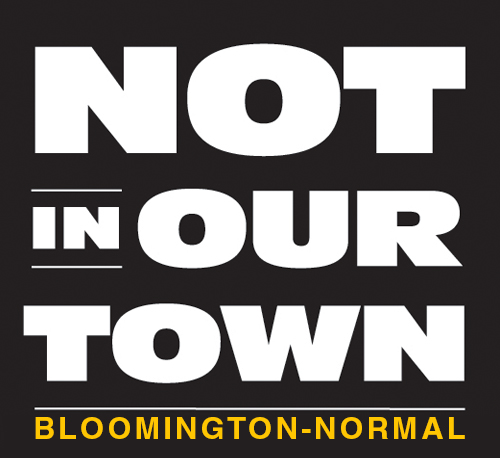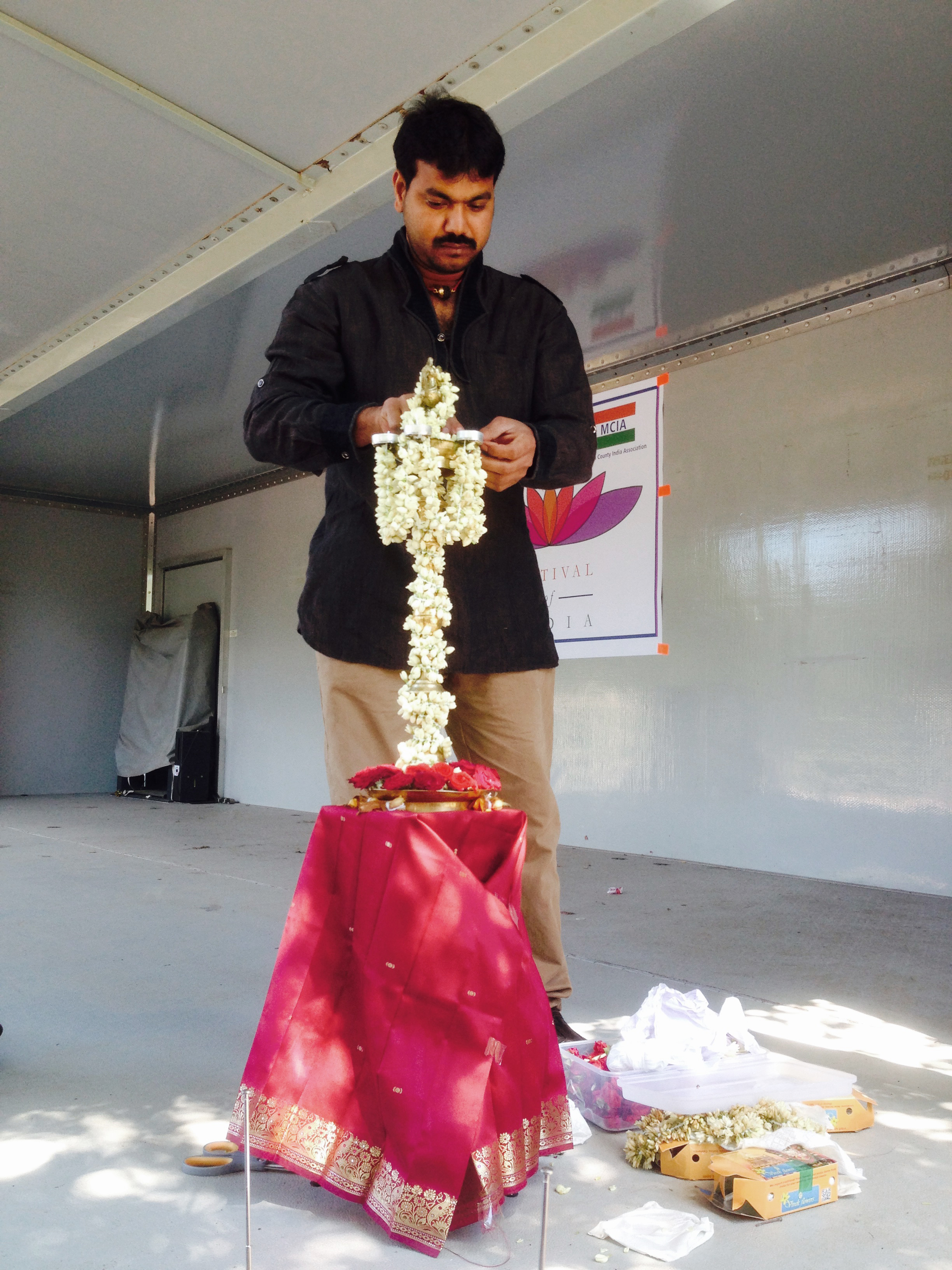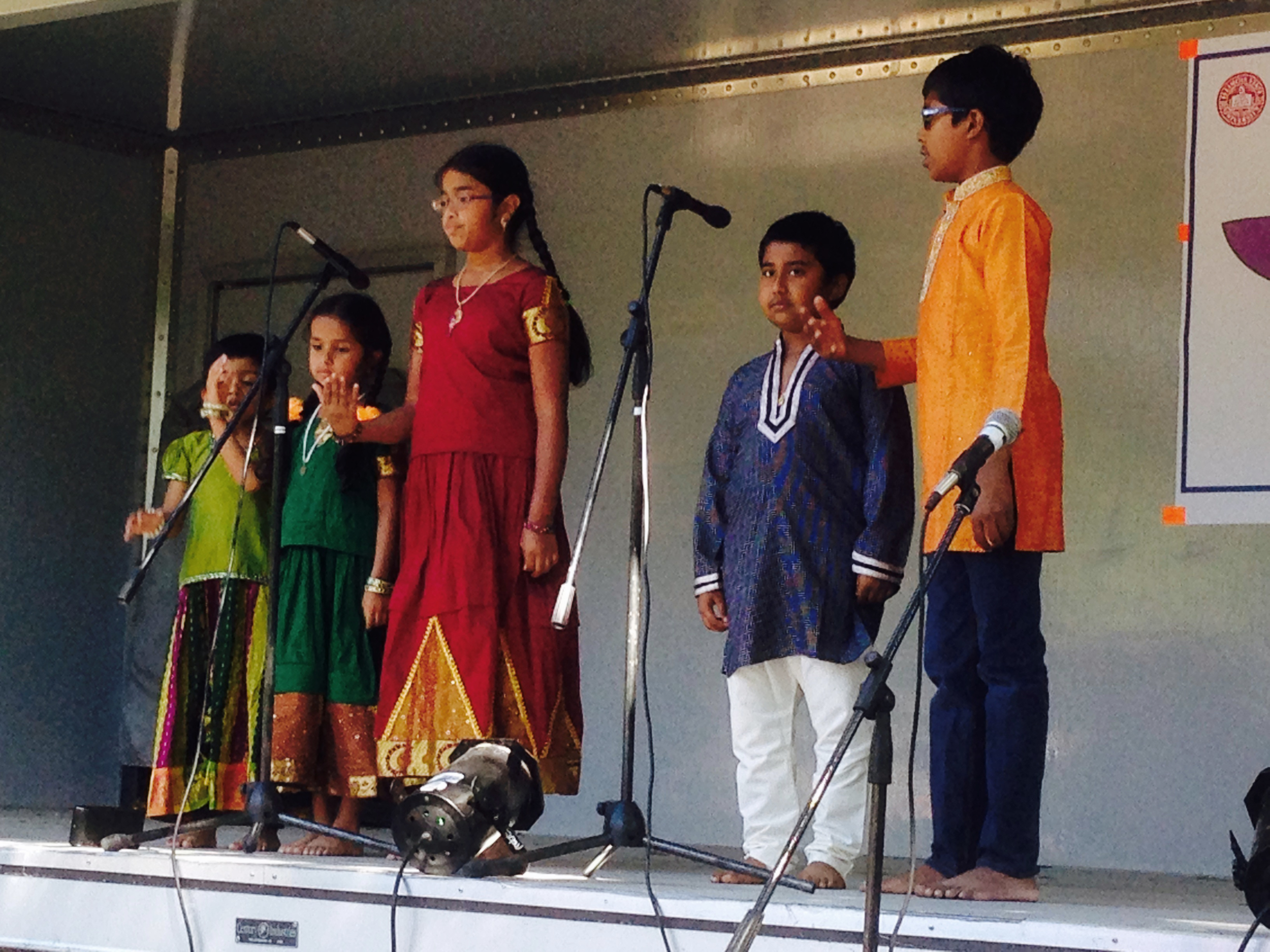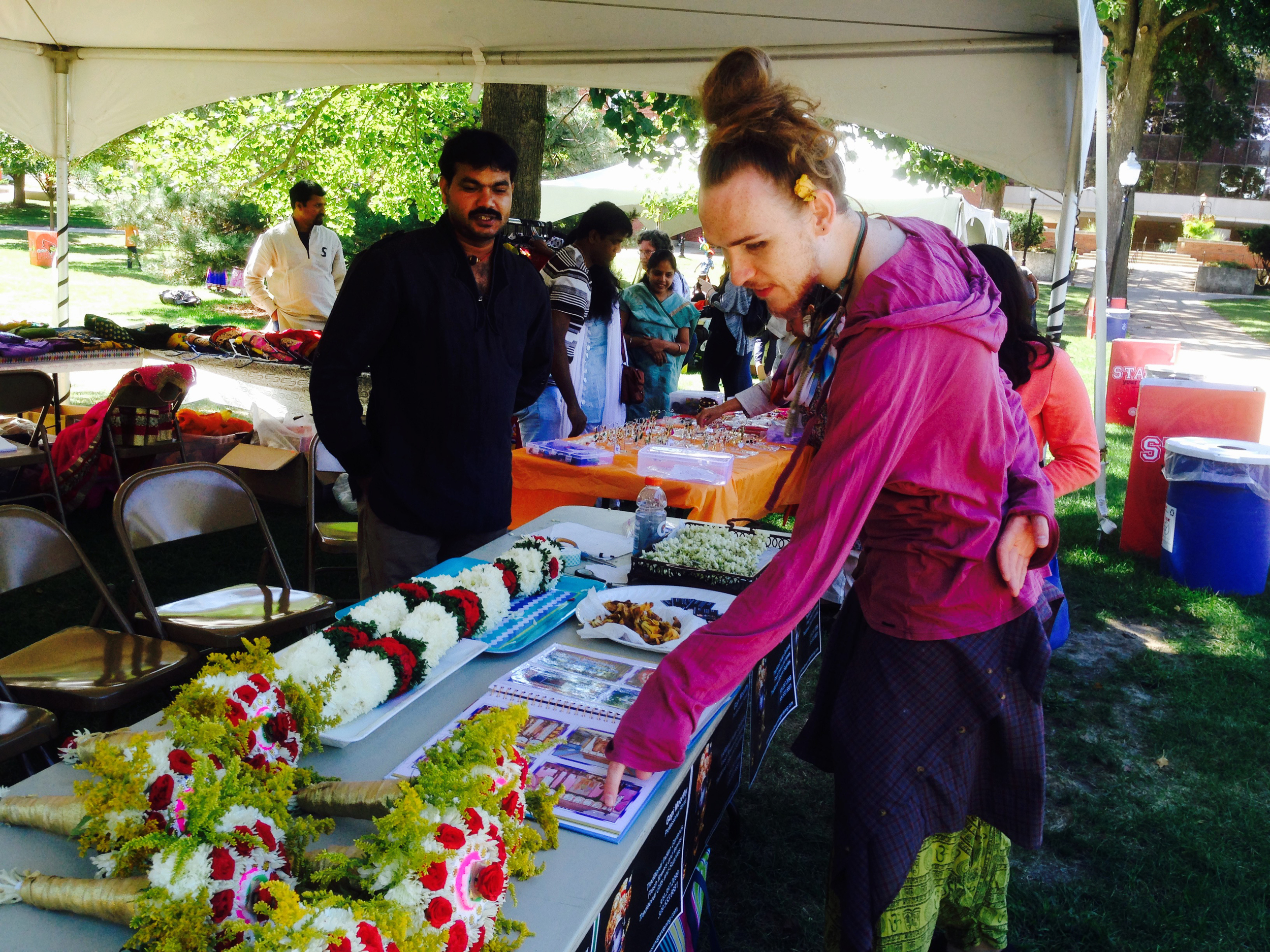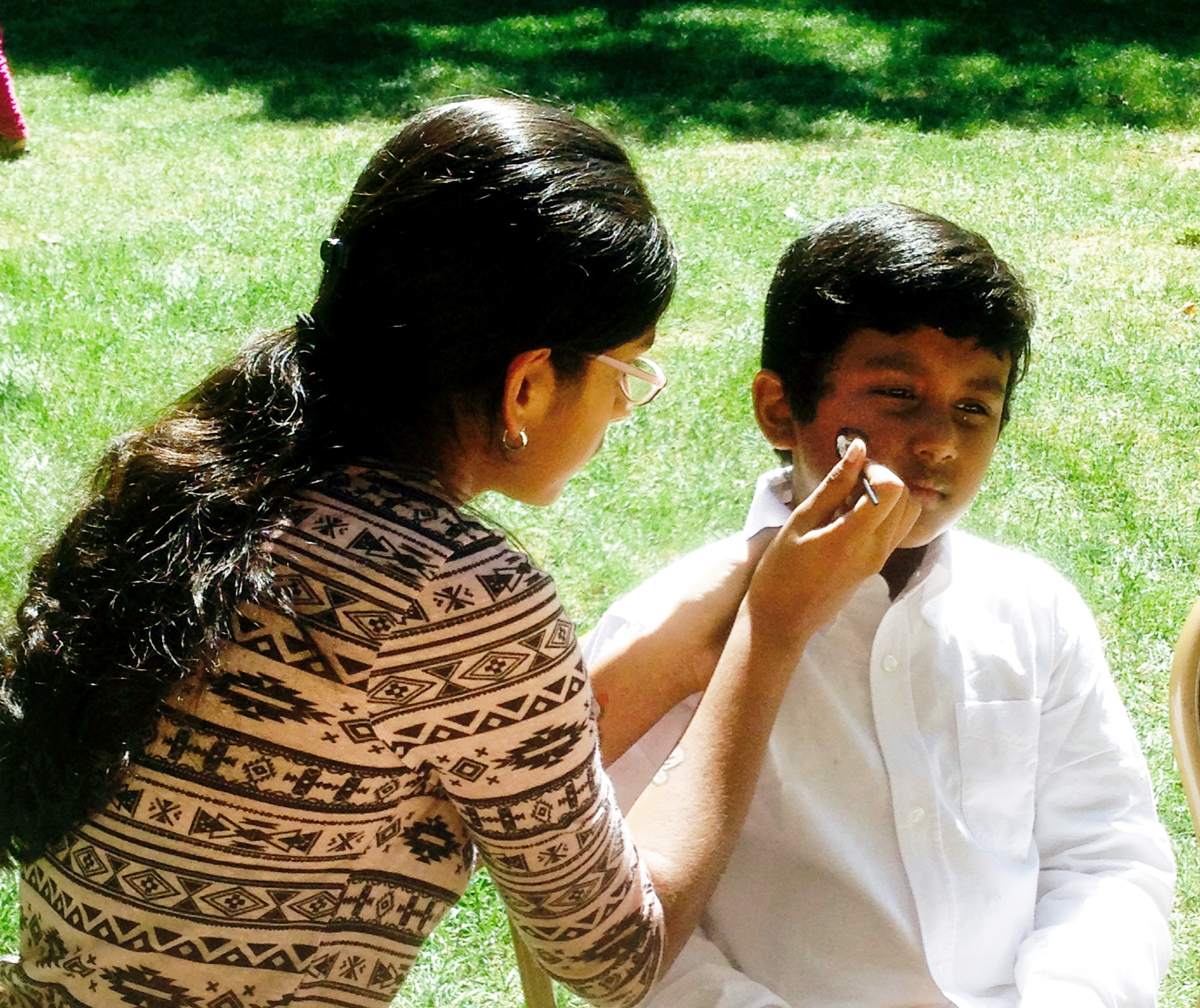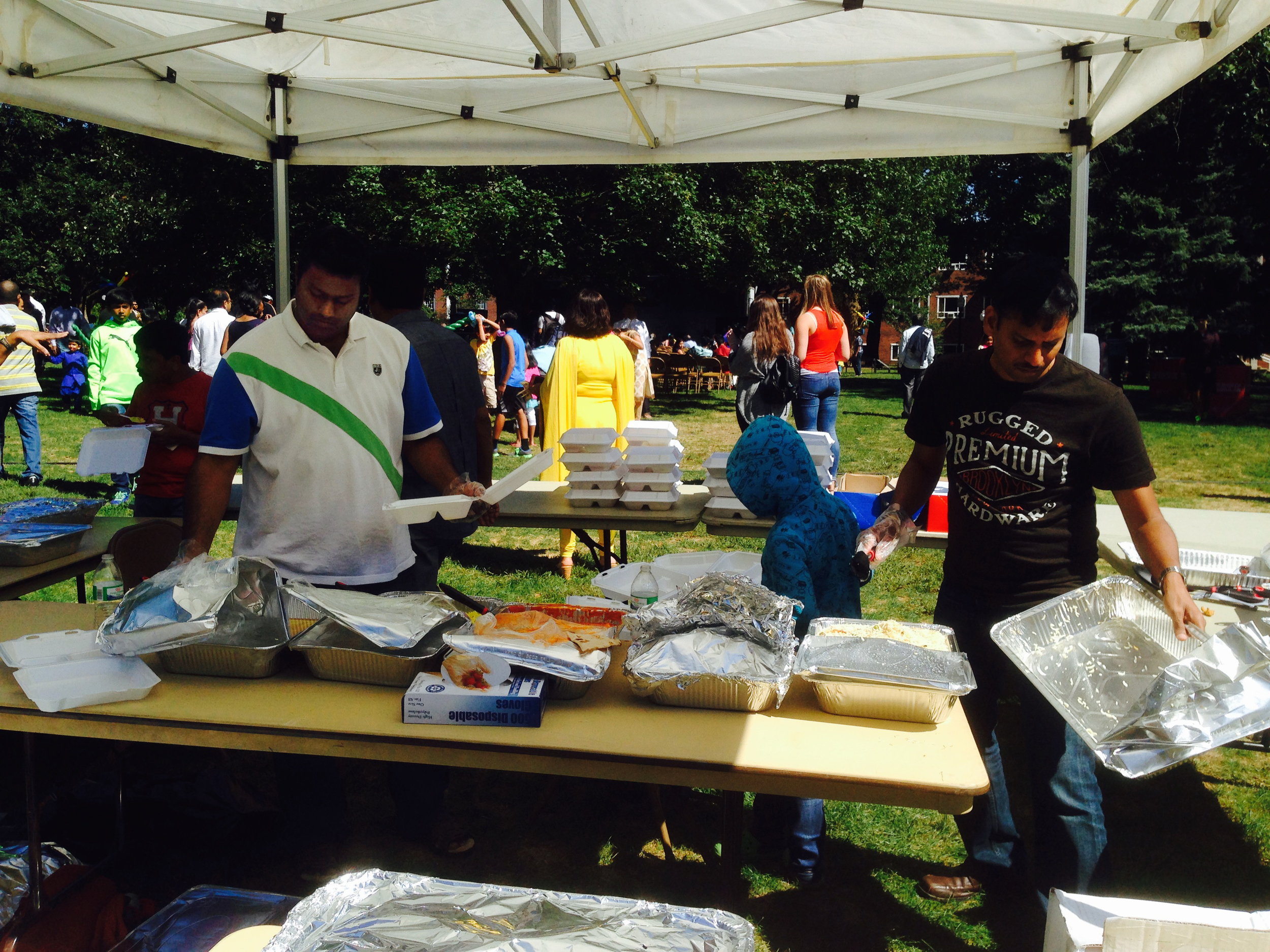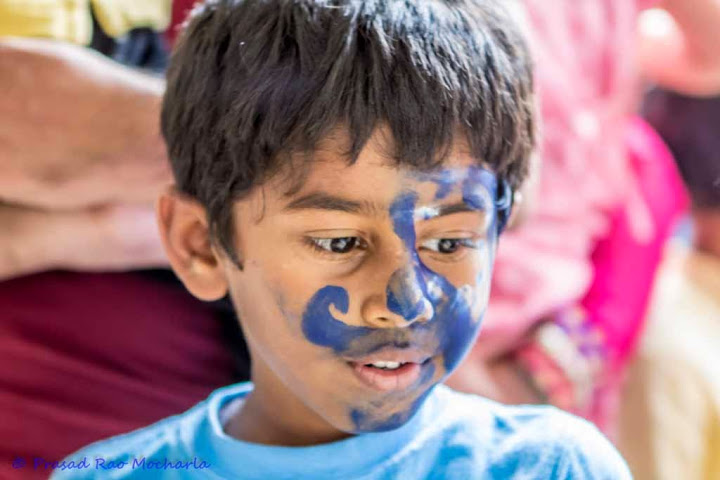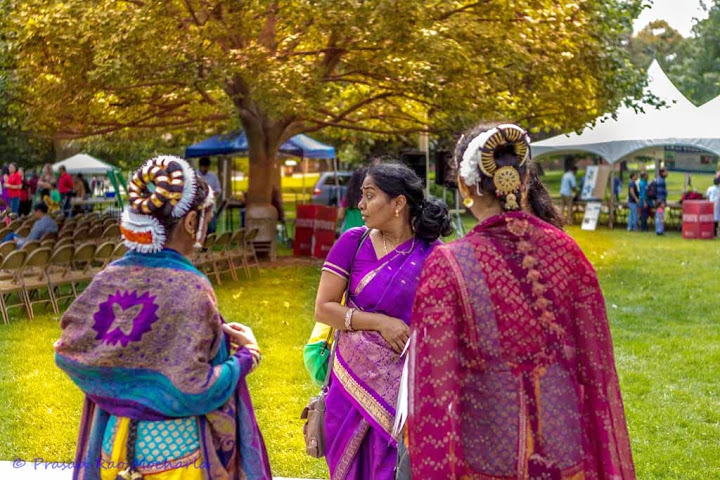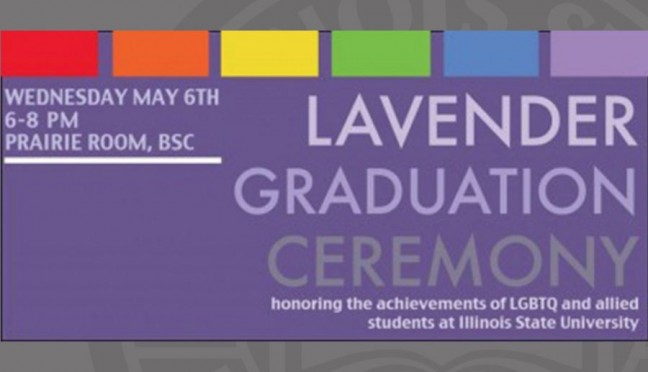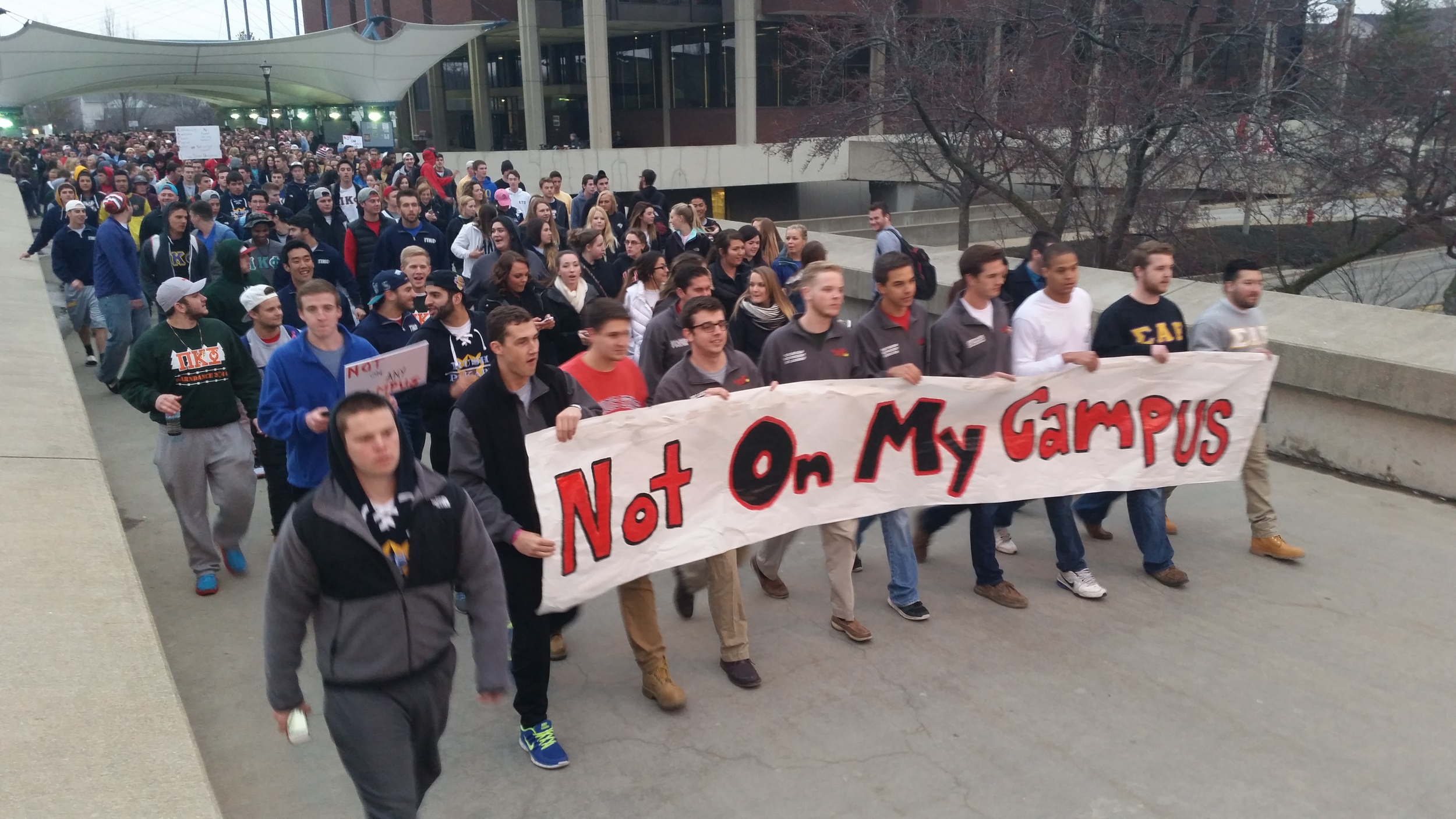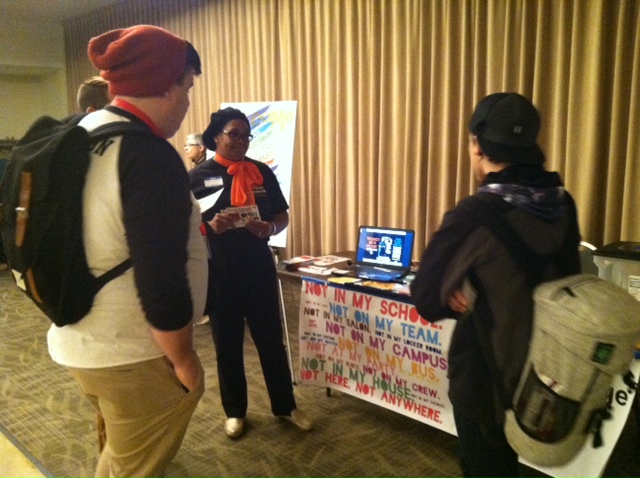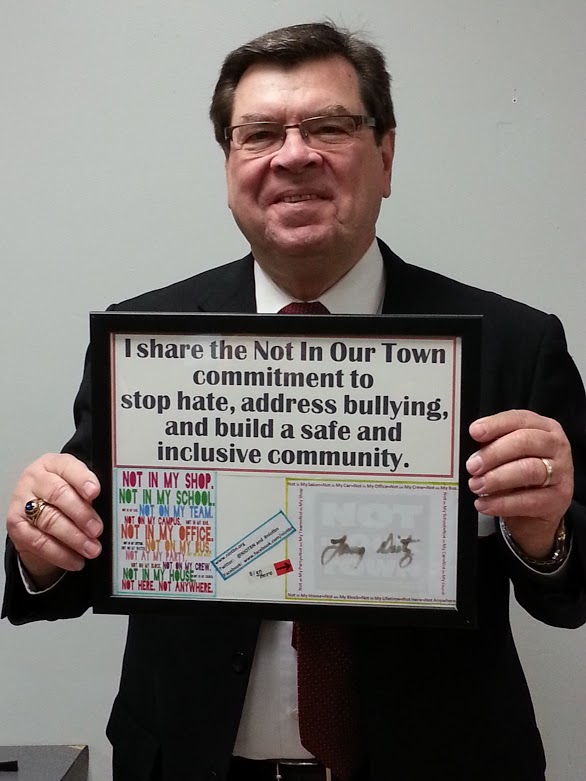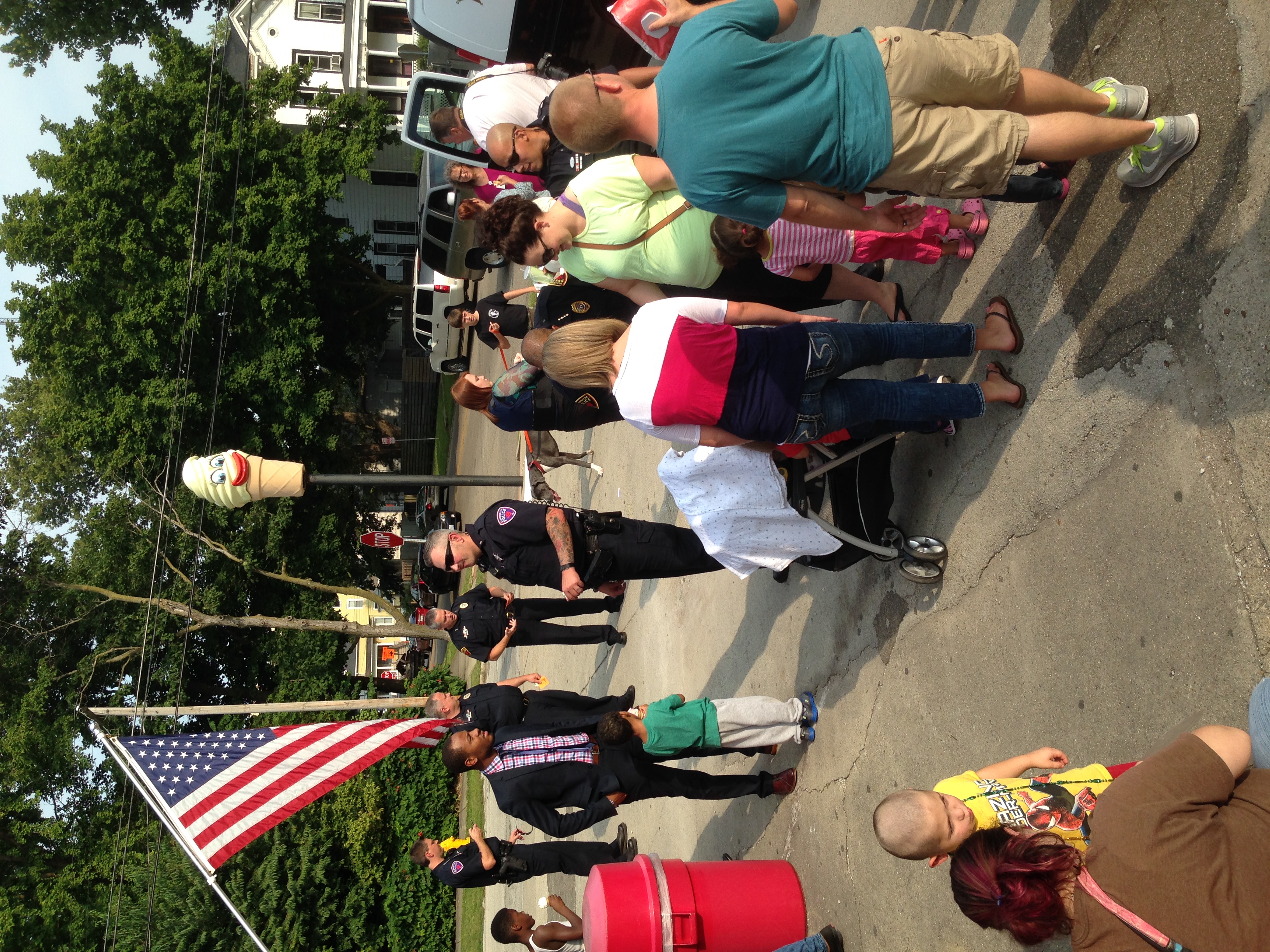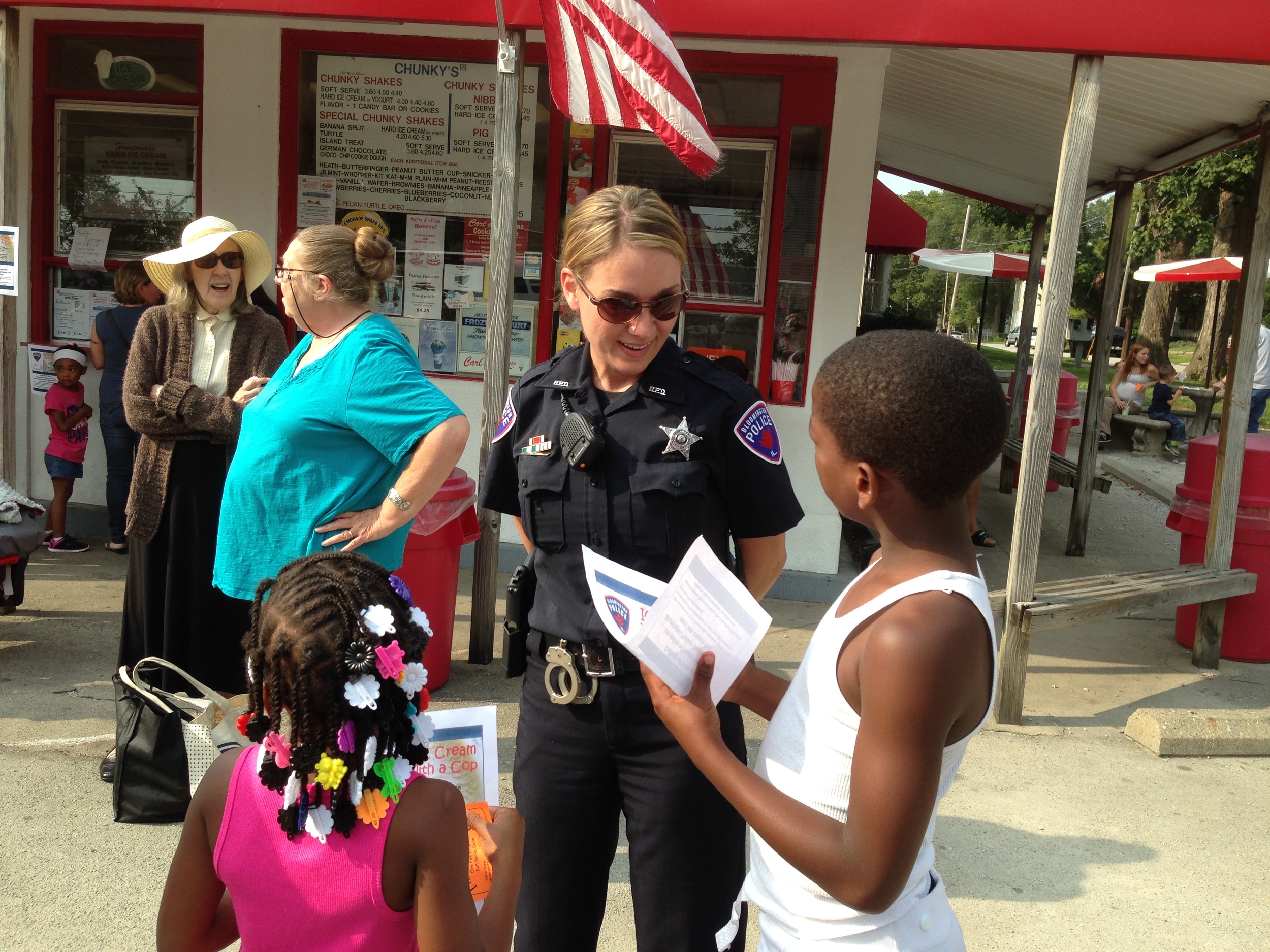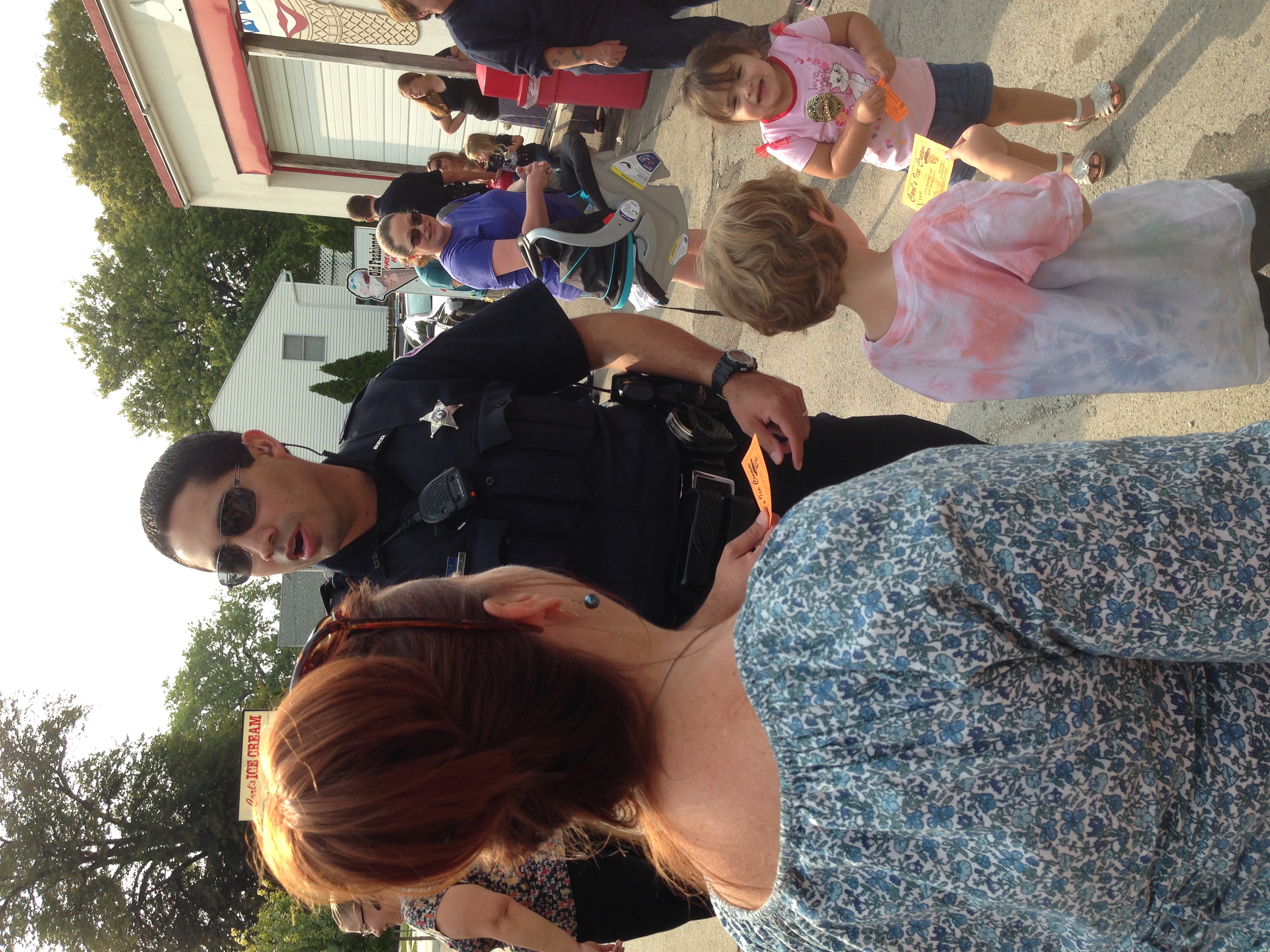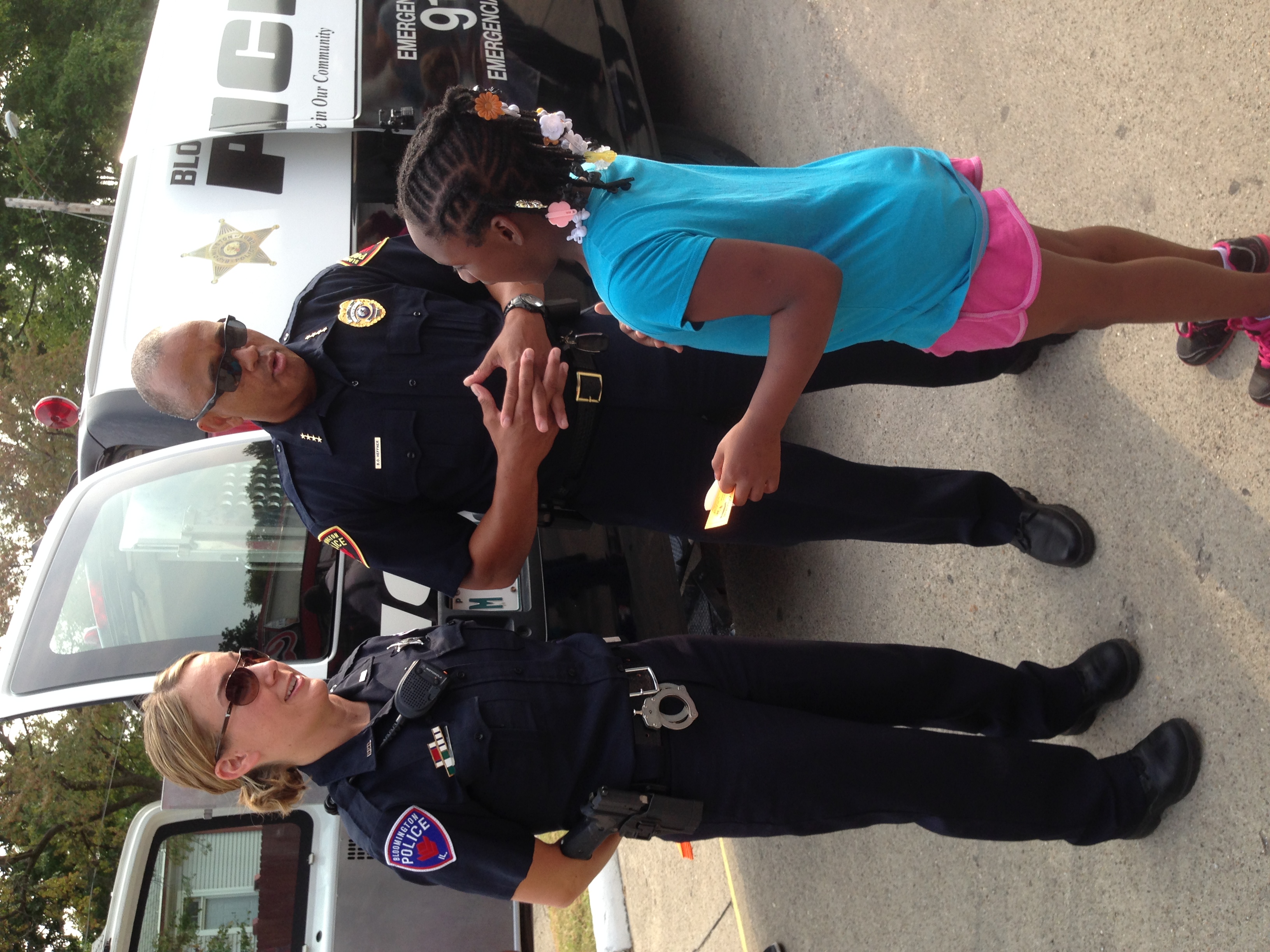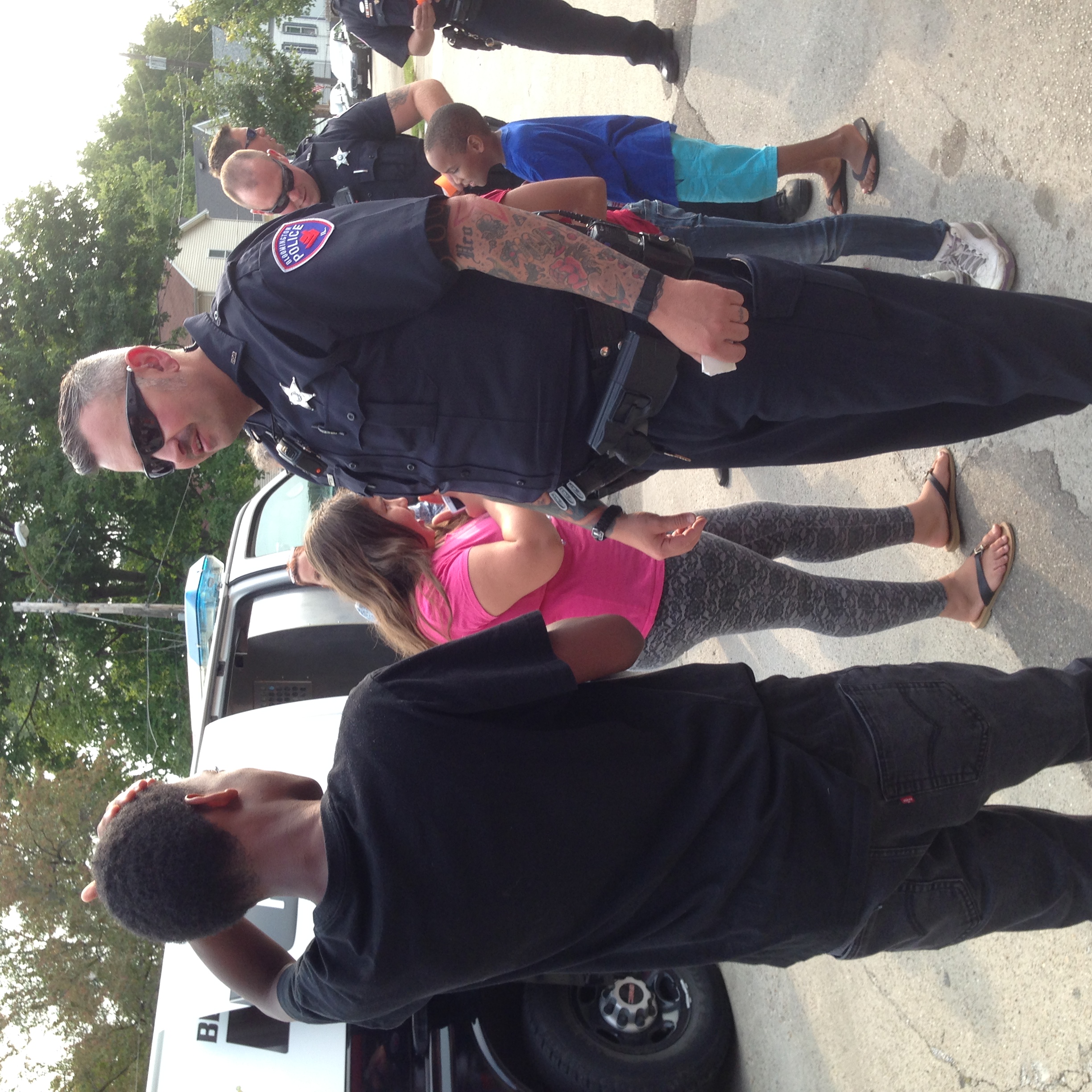Lenore Sobota
The Pantagraph
Markus Brooks of Bloomington is just starting his senior year at Normal Community High School, but he is already looking ahead — to attending college, teaching social studies and becoming a mentor like those who have mentored him through 100 Black Men of Central Illinois.
Brooks, son of Udonald and Dorothy Brooks, was recently named Mentee of the Year by the organization, which began in Bloomington in 2004 as a chapter of the national organization.
“It made me a better person,” Brooks said of his experience in the M4L (Mentoring 4 Life) program. “I made my goals higher. I know a lot more about society.”
His enthusiasm for the program brings a smile to the face of Paul Hursey, who has been involved in the mentorship program since it started about seven years ago.
“It started out as a reading program, but we saw that these young men needed more than a reading program,” Hursey said.
Although Brooks lives in a home with both parents present, Hursey said, “We get a lot of young men who are in single-guardian homes.”
The mentors provide them with role models and opportunities they might not otherwise have — and another adult to push them to do their best.
“I don't talk to them about potential,” Hursey said. “Potential is just wasted capability.”
Udonald Brooks, who has worked at State Farm for 26 years, said he has watched his son mature and become more aware of his ability to influence others through his involvement in the program.
“It allows him to interact with people from different social statuses,” Udonald Brooks said. “People from different backgrounds can have a lot of the same goals and different ways to reach them.”
Dorothy Brooks, a substitute teacher in Bloomington District 87, likes the way the mentors make sure the youths keep up their grades and encourage discussion.
Hursey said: “Don't misjudge us by our name. We have Caucasians in our program as well.”
District 87 school Superintendent Barry Reilly said, “They really have a passion, not only for mentorship but for doing things to help the entire community.”
For example, the organization collaborates with the NAACP to provide scholarships for low-income students to attend summer school.
“They just ask how much we need and write a check,” Reilly said.
Next month, the organization is offering a bus trip to a college and scholarship fair in Chicago.
“For a lot of these kids, college is way off in the distance,” Hursey said.
Their mentors try to get them to think about a path that will give them a career — not just a job — whether it involves a college degree or a trade, he said.
Education and economic empowerment are two of the pillars of 100 Black Men. The others are mentoring and health and wellness. A health awareness breakfast is among their annual outreach activities.
They also partner with other organizations on such projects as holiday food baskets, school supply giveaways and college scholarships.
The mentoring program groups together youths of varying ages, some as young as fourth grade.
The younger students learn from the older ones and the older ones learn to set a good example, Hursey explained.
A typical session will start with a quiz about topics such as politics, current events or black history.
The group then discusses each question and the answers. Sometimes the youths are presented with a scenario — such as being at a party where they shouldn't be — and discuss what they should do: Call a parent? Walk home?
The idea is to teach them critical thinking skills, Hursey said.
Brooks was selected as Mentee of the Year because of his regular participation, good grades and volunteer activities in school and at his church, according to Hursey.
“He sets an example inside our mentor sessions for most of the younger ones,” Hursey said. “He thinks things though before saying anything.”
Turning to Brooks, he said, “We're going to try to pull some of that teaching stuff out of you this year, so be prepared."
100 Black Men of Central Illinois sponsors the Mentoring the 100 Way program, a holistic approach that addresses the social, emotional and cultural needs of children ages 8-18. It’s really what we’re all about. Members become mentors, advocates, and role models for the youth within our community. Through chapter operated one-on-one and group mentoring efforts, our members forge relationships that positively impact our greatest resource, our youth. Our efforts focus on building essential skills needed to become productive, contributing citizens in Bloomington/Normal (Central Illinois).
Mentoring the 100 Way uses three different techniques: One-on-one, group, and tag-team mentoring. All techniques focus on being "S.M.A.R.T.":
Specific: Specific and clearly defined mentoring population
Measurable: Measure and evaluate effectiveness
Attainable: Setting goals that are attainable for the children and mentors
Realistic: Goals should be realistic (makes sense to the mentee)
Target Driven: Have a set target of pursuit
For more on the organization, visit http://www.100bmci.com/
